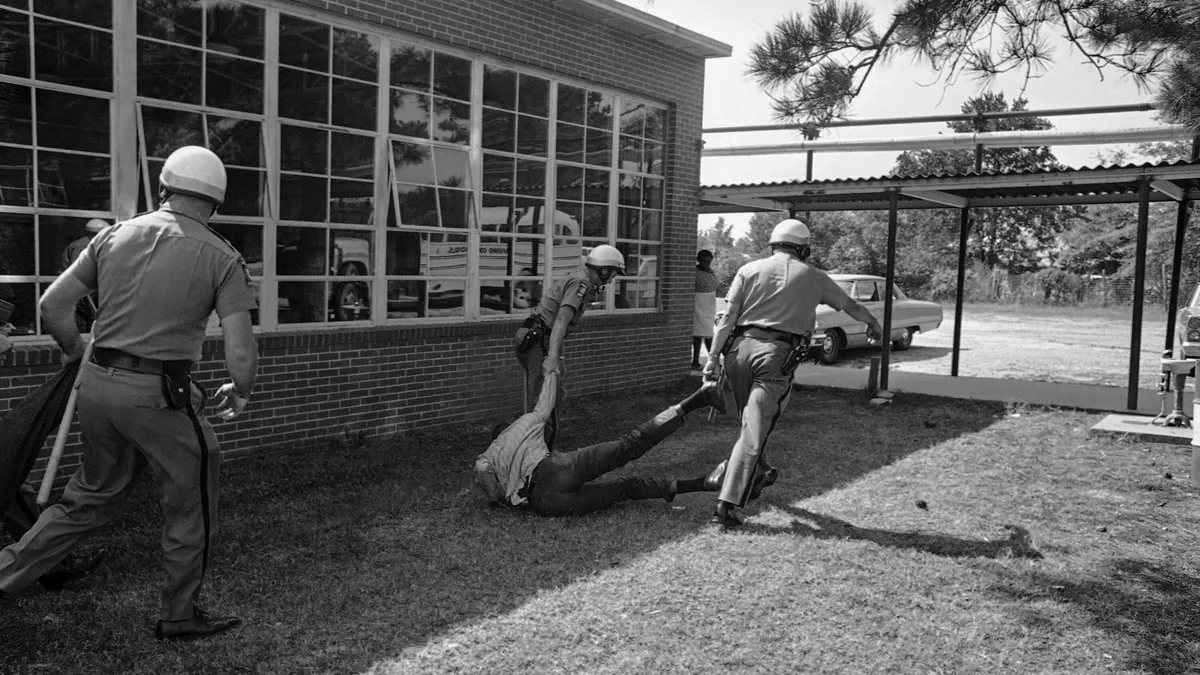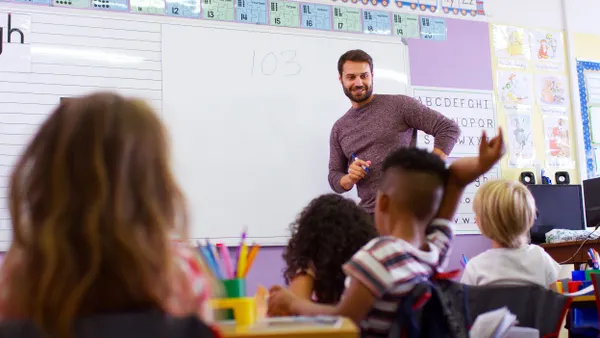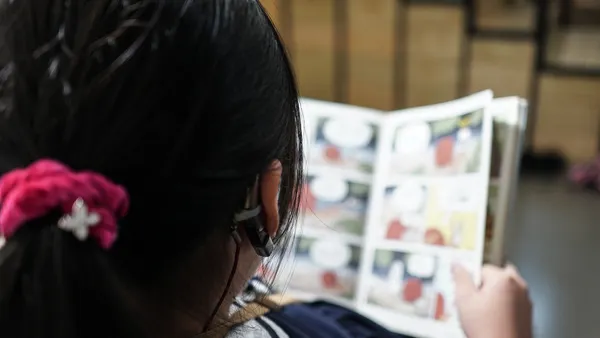Physical education classes offer an opportunity to draw out students who may not naturally feel as confident or outgoing as some of their peers, ultimately helping to build leadership skills along with improving children's motor skills and enhancing their well-being.
That viewpoint comes from Jesse Weber, education content and programs manager for the Society of Health and Physical Educators America, who said the group's new National Physical Education Standards deliver a framework for using PE to build leadership abilities across pre-K-12 grades.
“If you’re a math teacher, you’re not going to always choose the same students to answer the question or engage with the class,” said Weber. “So you make sure to keep a 360-degree wheel of kids that you are choosing to engage.”
One way Weber said PE educators can encourage leadership skills is to make time for students to discuss their thoughts about the activity they engaged in before they leave the gym. Talking about what they learned about themselves and what they can focus on in the future can help ensure everyone moves — as a team — toward a collective goal.
Weber noted that some activities that PE educators may have included in the past have been moved out of the curriculum — particularly games like dodgeball, for example, where a student is “out” after being hit and then has to wait before they can play again.
“We don't want kids feeling a certain way, getting eliminated, and then not being able to participate,” said Weber, a former senior curriculum and instruction specialist for Denver Public Schools. “Our goal is to participate — not sit on the sidelines — and to engage consistently, so always making sure that activities don't have an elimination factor is one thing.”
Weber also said educators can organize groups to pair students who may not feel as confident with supportive peers who can make them feel safer in the gym class environment.
“If you know you have a student that may not participate as much because they feel a certain way about other students or themselves, mindfully grouping them with a team of students that can help them feel a little bit better about engaging” can make a difference, she said.


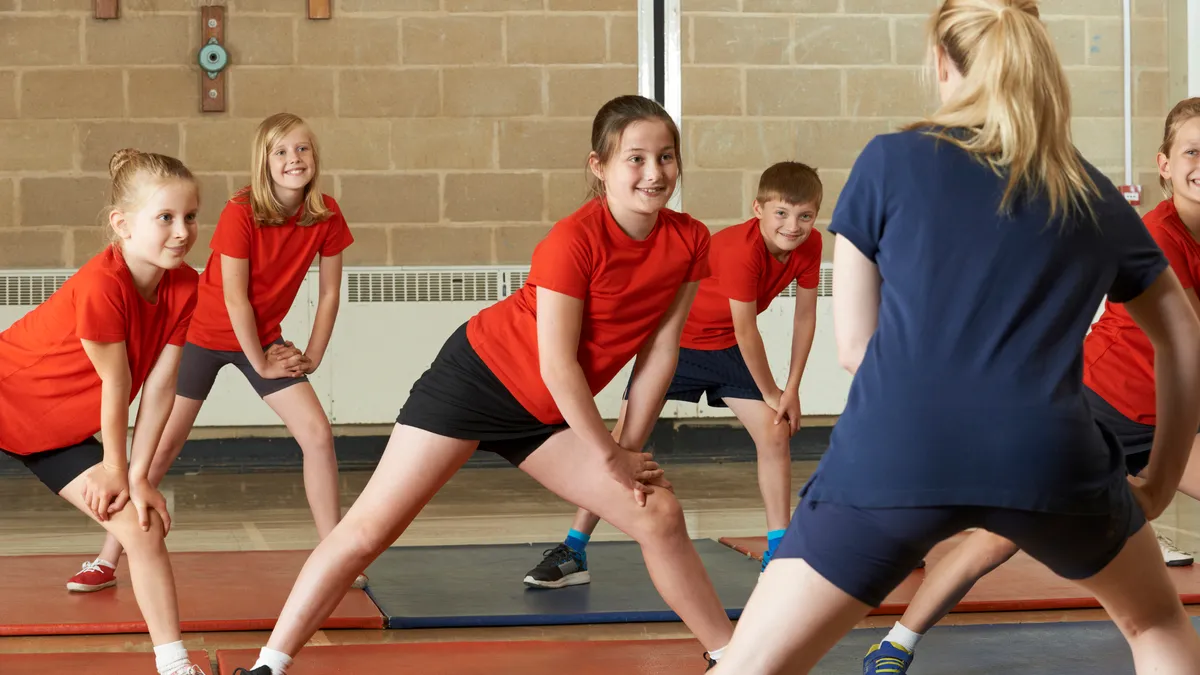

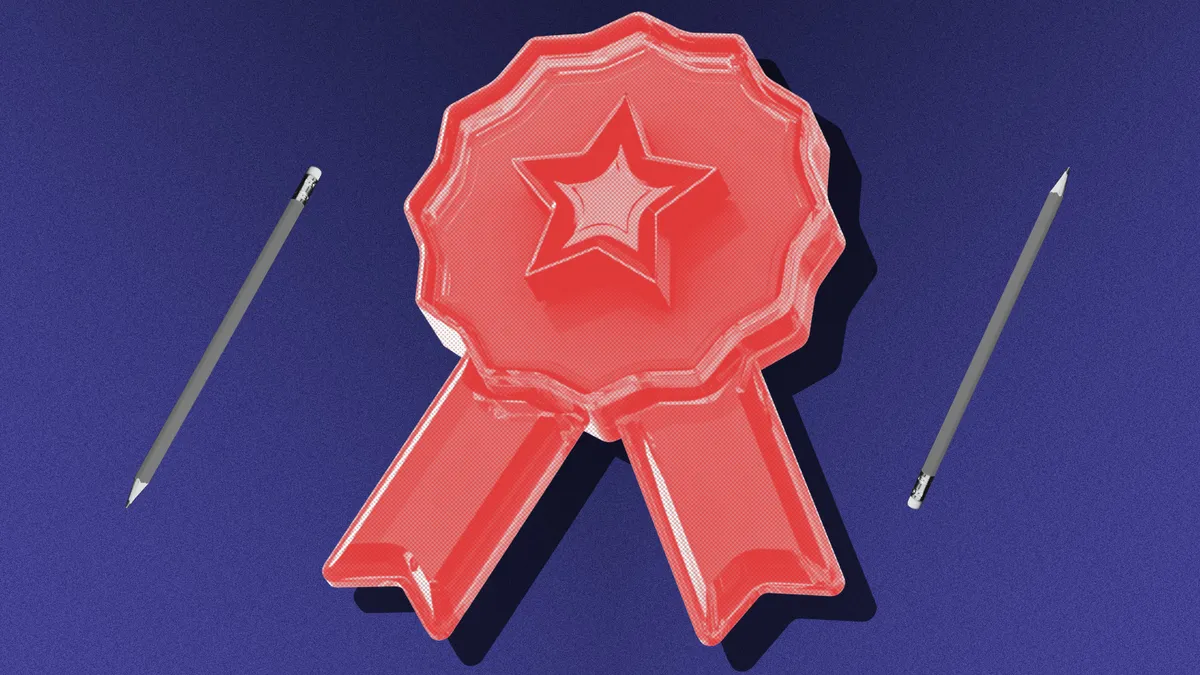

 Dive Awards
Dive Awards
